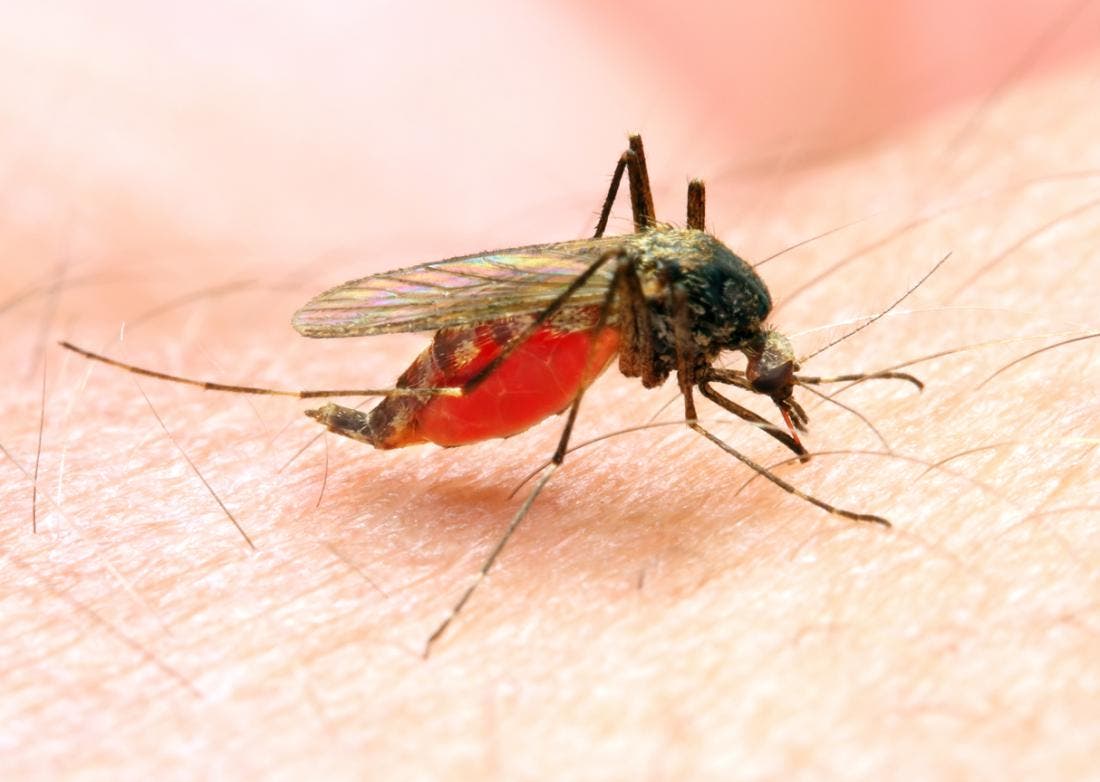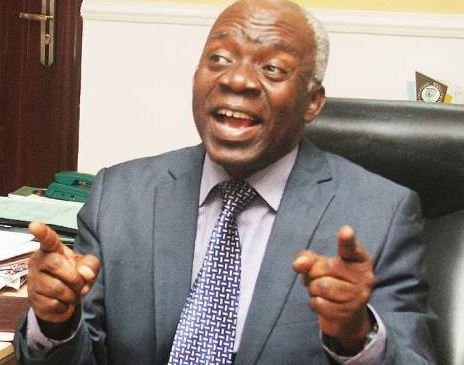After decades of trials, the world has potentially found a new silver bullet against malaria, one of the oldest and deadliest infectious diseases.
Malaria kills about half a million people yearly, nearly all of them in sub-Saharan Africa, including 260,000 children under five.
On Wednesday, and in a historic announcement, the World Health Organization (WHO), for the first time, approved for general use in children in sub-Saharan Africa, and other regions with moderate to high rates of plasmodium falciparum malaria transmission, the RTS,S/AS01 (RTS,S) malaria vaccine with the brand name Mosquirix.
“This is a historic moment. The long-awaited malaria vaccine for children is a breakthrough for science, child health and malaria control,” Tedros Ghebreyesus, WHO’s director-general, said in a statement.
With several concerns especially on the efficacy, funding and sustainability of the new vaccine, here are 10 things you should know about Mosquirix.
1. What is Mosquirix?
The vaccine called Mosquirix was developed by PATH Malaria Vaccine Initiative (MVI) and GlaxoSmithKline (GSK), with support from the Bill and Melinda Gates Foundation.
Mosquirix is not just the first approved vaccine for malaria, it is the first developed for any parasitic disease.
Parasites are much more complex than viruses or bacteria, and the quest for a malaria vaccine has been underway for many decades.
2. Origin of Mosquirix
The RTS,S malaria vaccine is the result of 30 years of research and development by GSK and through a partnership with PATH, with support from a network of African research centres.
It has faced several challenges including funding and lack of sustained clinical successes.
In November 2012, a Phase III trial of RTS,S found that it provided modest protection against both clinical and severe malaria in young infants, according to the European Medical Agency (EMA).
As of October 2013, preliminary results of the phase III clinical trial indicated that RTS,S or Mosquirix reduced the number of cases among young children by almost 50 per cent and among infants by around 25 per cent. The study ended in 2014.
In a bid to accommodate a larger group and guarantee a sustained availability for the general public, GSK applied for a marketing license with the European Medicines Agency (EMA) in July 2014. GSK treated the project as a non-profit initiative, with most funding coming from the Gates Foundation, a major contributor to malaria eradication.
On 24 July 2015, Mosquirix was recommended by the EMA to be used to vaccinate children aged 6 weeks to 17 months outside the European Union. A pilot project for vaccination was launched on 23 April 2019 in Malawi, on 30 April 2019 in Ghana, and on 13 September 2019 in Kenya.
On Wednesday, the vaccine was endorsed by the World Health Organization for “broad use” in children, making it the first malaria vaccine candidate to receive this recommendation.ⓘ
3. How it works
The Mosquirix was designed to rouse a child’s immune system to thwart plasmodium falciparum, the deadliest of five malaria pathogens and the most prevalent in Africa. Infection is prevented by inducing high antibody titers that block the parasite from infecting the liver.
According to the EMA, Mosquirix requires up to four doses, and its protection fades after several months.
But health experts believe the jab will still have a major impact against malaria in Africa considering the scourge of the disease on the continent.
4. Major ingredients
One of the ingredients in the Mosquirix vaccine is sourced from a rare evergreen native to Chile called a Quillay tree.
Reuters reported on Wednesday that the long-term supply of these trees is in question.
Meanwhile, the active substance in Mosquirix is made up of proteins found on the surface of the plasmodium falciparum parasites.
5. How it is administered
Mosquirix requires up to four doses, and its protection fades after several months. It is given in three doses between ages 5 and 17 months, and a fourth dose roughly 18 months later. A fourth injection is recommended 18 months after the third.
The vaccine is given as a 0.5 ml injection into a muscle of the thigh or in the muscle around the shoulder (the deltoid).ⓘ
The child is given three injections with one month between each injection.
Mosquirix can only be obtained with a prescription.
Following clinical trials, the vaccine was tried out in Kenya, Malawi and Ghana — where it was incorporated into routine immunisation programs.
More than 2.3 million doses have been administered in those countries, reaching more than 800,000 children.
6. How effective is Mosquirix?
Mosquirix’s effectiveness at preventing severe cases of malaria in children is only around 30 per cent, which did not meet the WHO benchmark of 75 per cent efficacy, and thereby raising concerns among experts over its long term use.
Research also shows that the overall efficacy of the jab seems to wane with time.
But WHO said it recommended the vaccine based on the advice of its two global advisory bodies, one for immunisation and the other for malaria, especially because the RTS,S/AS01 malaria vaccine is highly effective for preventing the P. falciparum malaria in children.
7. Any side effects?
WHO said the side effects of the vaccine were rare, but sometimes included a fever that could result in temporary convulsions.
8. How will Mosquirix help Africa in fighting malaria?
A modelling study published last year by the New York Times estimated that if the vaccine were rolled out to African countries with the highest incidence of malaria such as Nigeria, it could prevent 5.4 million cases and 23,000 deaths in children younger than five each year.
A trial of the vaccine in combination with preventive drugs given to children during high-transmission seasons found that the dual approach was much more effective at preventing severe disease, hospitalisation and death than either method alone, the report stated.
Azra Ghani, chair of infectious diseases at Imperial College London, said she and colleagues estimate that giving the malaria vaccine to children in Africa might result in a 30 per cent reduction overall, with up to 8 million fewer cases and as many as 40,000 fewer deaths per year.
“For people not living in malaria countries, a 30 per cent reduction might not sound like much. But for the people living in those areas, malaria is one of their top concerns,” Ghani said, adding that; “A 30 per cent reduction will save a lot of lives and will save mothers (from) bringing in their children to health centres and swamping the health system.”
9. What are the next steps?’
The Malaria Vaccine Implementation Programme is coordinated by WHO and supported by in-country and international partners, including PATH, UNICEF and GSK, which is donating up to 10 million doses of the vaccine for the pilot.
Next steps for the WHO-recommended malaria vaccine will include funding decisions from the global health community for broader rollout, and country decision-making on whether to adopt the vaccine as part of national malaria control strategies, the UN health body said.
10. Funding support
The Bill & Melinda Gates Foundation provided catalytic funding for late-stage development of RTS,S between 2001 and 2015.
“Financing for the pilot programme has been mobilised through an unprecedented collaboration among three key global health funding bodies: Gavi, the Vaccine Alliance; the Global Fund to Fight AIDS, Tuberculosis and Malaria; and Unitaid,” WHO said.
PREMIUM TIMES






